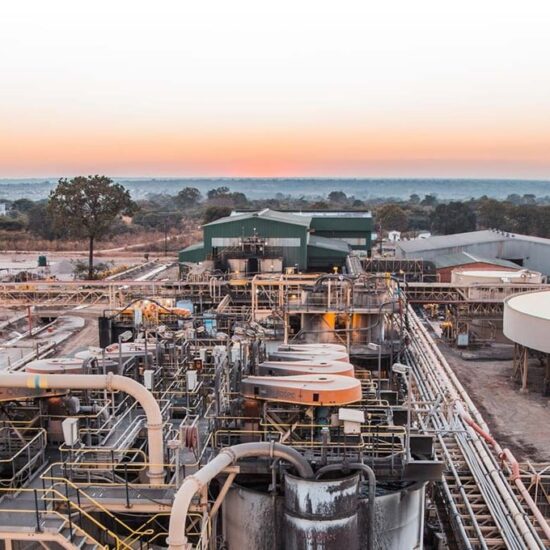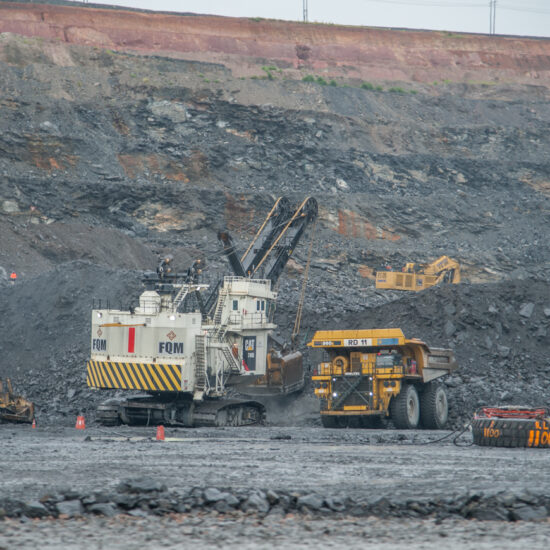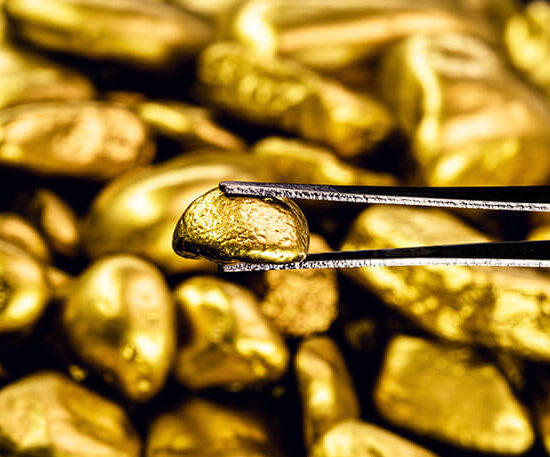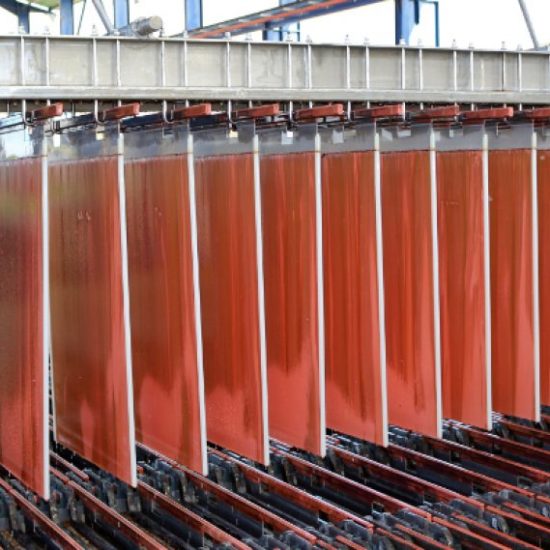
Zambia’s gold reserves have started to take shape as the central bank is now following through to meet the annual target set. The Bank of Zambia (BOZ) has confirmed that they have so far purchased about 283 kilograms of gold since December 2020 at a cost of about K346 million (about US$16 million)
The central bank said it purchased about 196 kilograms from FQMs Kansanshi Copper Mining at a cost of K242 million while 87 kilograms was purchased from ZCCM IH owned Zambia Gold Company at a cost of K104 million.
The Central Bank plans to purchase around 25,200 ounces of London Good Delivery gold from Kansanshi Copper Mining Plc and 21,000 ounces of dore gold with a minimum of 88% purity from Zambia Gold Company per year.
According to information made available to the Zambian Business Times-ZBT by BOZ, these estimates are based on the gold purchase agreements signed with Kansanshi Copper Mining and Zambia Gold Company in December 2020.
BOZ said the objective of this initiative is to shore up and diversify the international reserves adding that the viability and attractiveness of this venture is that the gold is being purchased in local currency.
The central bank stated that the dore gold purchased from Zambia Gold Company will only reflect in international reserves after refining. BOZ noted that the purchase price of the commodity is not fixed but is determined by the London Bullion Market Association – LBMA.
The new BOZ Governor Christopher Mvunga has been challenged to increase the annual target for gold purchases for the year 2021 after it emerged that Kansanshi Mining alone in 2020 produced gold valued in excess of US$200m.
With the coming on board of Zambia Gold Company and ramping up of mining at Kanseseli in Mwinilunga as well as purchases from artisanal local miners, Zambia can easily build up gold reserves worth in billions of US dollars.
A big gold reserve chest can then be used to defend and arrest the perpetual Kwacha depreciation which today accounts for the vast amount of economic challenges the country is experiencing.
Analysts say the Kwacha depreciation is one of the major factors behind the sharp increase in inflation and in effect household commodity prices which the general public is currently grappling.
The depreciated Kwacha has also contributed to increased cost of debt service as governments revenue generator – Zambia Revenue Authority has most taxes denominated in local currency which is then converted to forex to service.
Gold reserves when held in sufficient quantities are expected to provide a war chest or am alternative lever to US dollar reserves that the central bank can use to defend the local currency – Kwacha.
Gold is now being mined in Zambia and the country can leverage this fact to build a credible gold reserve balance or buffer that would help defend the Kwacha and in effect defend locals whose earnings and purchasing power is determined by the fortunes of the local unit.







